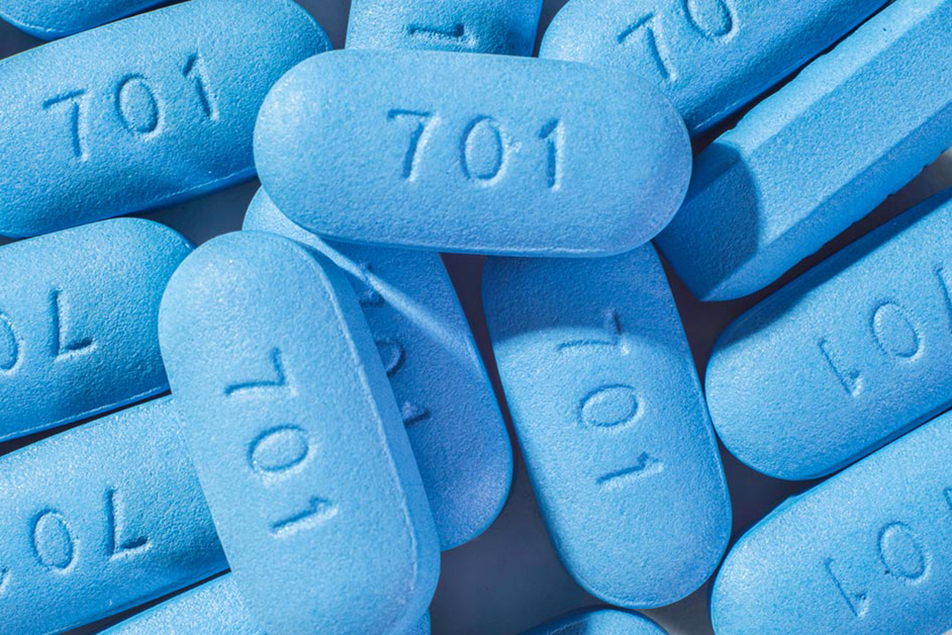
Today is National Black HIV/AIDS Awareness Day and, while the numbers show a decrease in diagnoses, the topic is still very important in our country. Jason Bailey, DO, PPG - Infectious Disease Services, shares the latest in prevention and what those using this method need to know.
HIV in the U.S.
The Human Immunodeficiency Virus (HIV) remains a major public health problem in the United States. The development of Highly Active Antiretroviral Therapy (HAART) and extensive public health campaigns have significantly decreased the incidence, morbidity and mortality of persons living with HIV. Although the U.S. recorded a nine percent decline in HIV cases from 2010 to 2014, there were still over 35,000 new HIV cases diagnosed in 2015. In a 2015 HIV outbreak in Scott County, Indiana, 215 persons to date were diagnosed with HIV, mostly concentrated in Austin, where the total population is under 2,500.
What is PrEP?
Pre-exposure prophylaxis (or PrEP) is when people who at very high risk for HIV take HIV medications to lower their risk of being infected. Persons at highest risk for acquiring HIV are those who participate in high-risk sexual activity or use intravenous drugs. A combination of two HIV medicines (tenofovir and emtricitabine), sold under the name Truvada® (pronounced tru vá duh), is approved for daily use as PrEP to help prevent an HIV-negative person from getting HIV from a sexual or injection-drug-using partner who’s positive. Studies have shown that PrEP is highly effective for preventing HIV if it is used as prescribed. PrEP is much less effective when it is not taken consistently.
How effective is PrEP?
PrEP can significantly reduce your risk of HIV infection if taken daily. Daily PrEP use can lower the risk of getting HIV from sex by more than 90 percent and from injection drug use by more than 70 percent. You can combine additional strategies – condom use, abstinence, avoidance of sharing needles - with PrEP to reduce your risk even further.
How to start PrEP?
PrEP can be prescribed only by a healthcare provider, usually a primary care or infectious disease physician, so talk to yours if you feel that PrEP is the right HIV prevention strategy for you. The cost of PrEP is covered by many health insurance plans, and a commercial medication assistance program provides free PrEP to people with limited income and no insurance to cover PrEP care.
How long does PrEP need to be taken?
If your risk of becoming infected with HIV becomes low because of lifestyle changes, you may want to stop taking PrEP. Also, if you have side effects from the medicine or don’t feel you can take a pill every day, other options for HIV prevention should be considered.
Is PrEP harmful?
In people who are HIV-negative and have taken PrEP for up to 5 years, no significant health effects have been seen.
If PrEP seems right for you, contact your healthcare provider or ask for a referral to an infectious disease provider. Our local health department can also offer assistance.
References:
- http://www.in.gov/isdh/26649.htm
- https://www.cdc.gov/hiv/basics/prep.html
- http://www.avert.org/hiv-transmission-prevention/prep